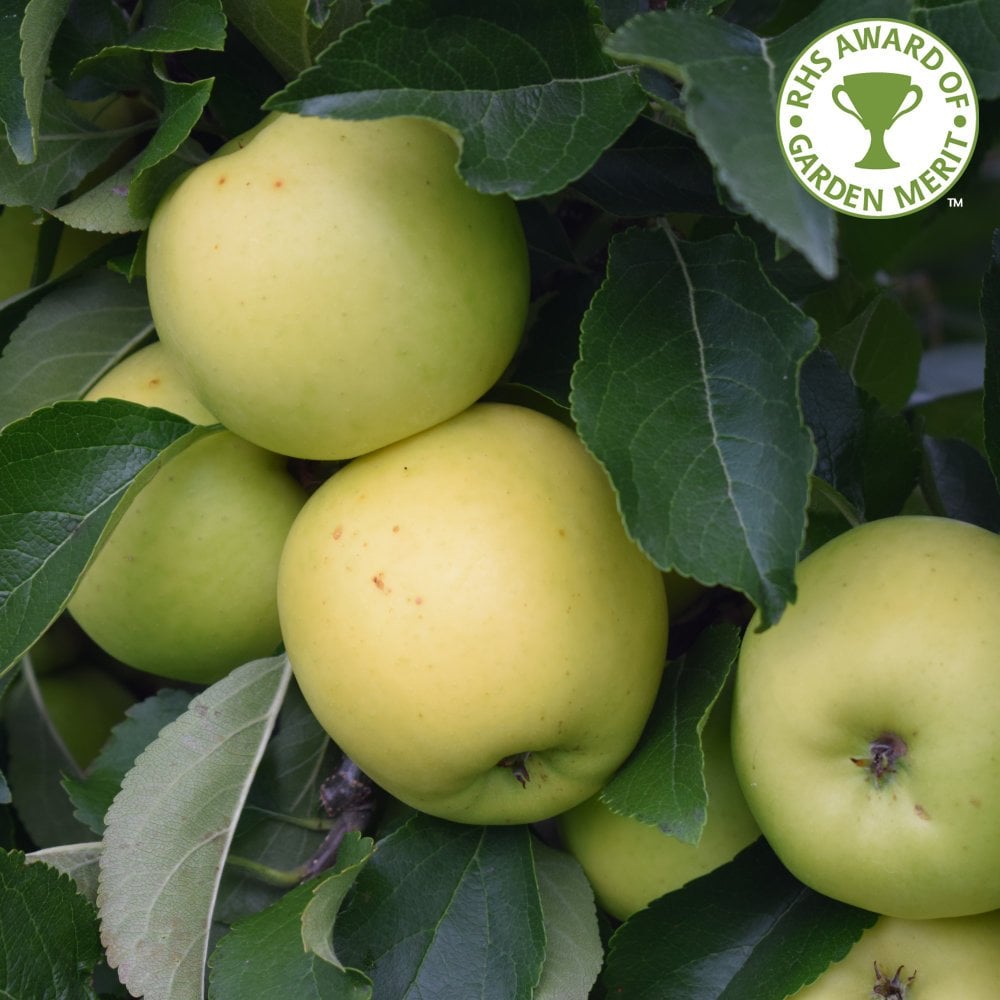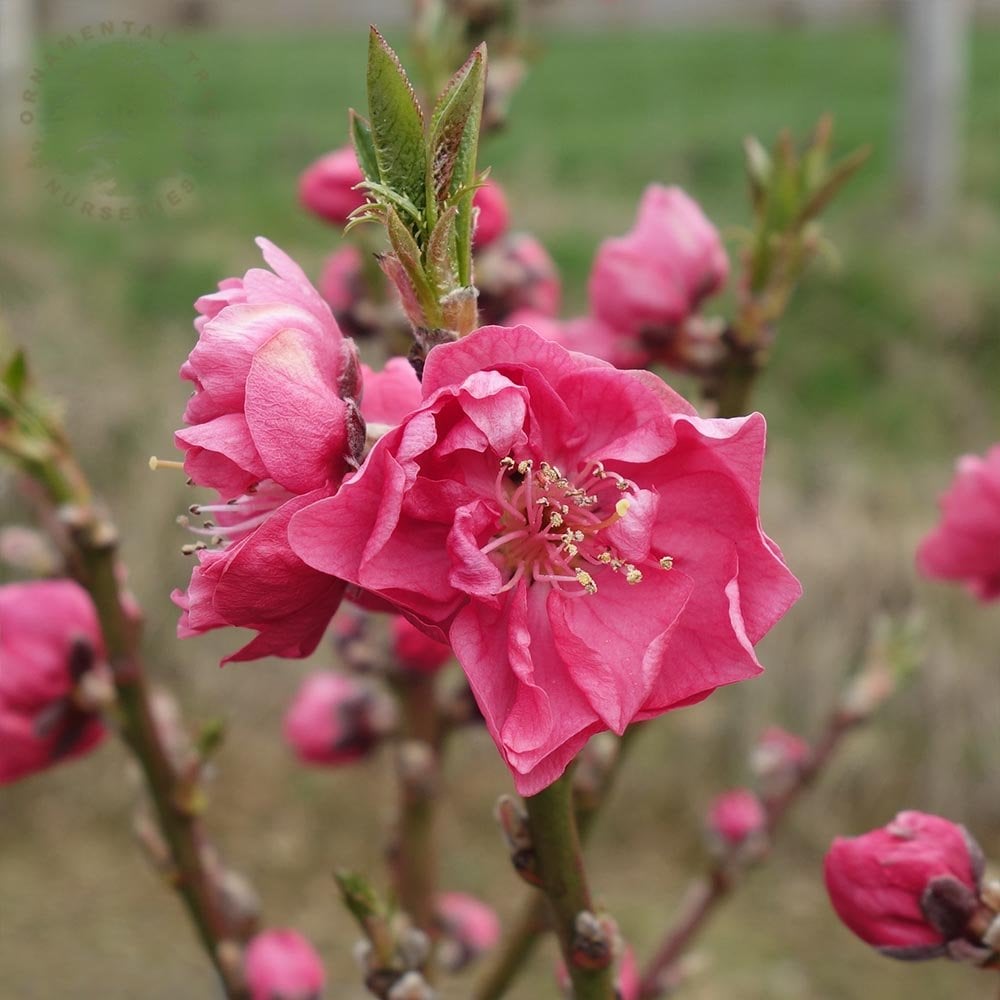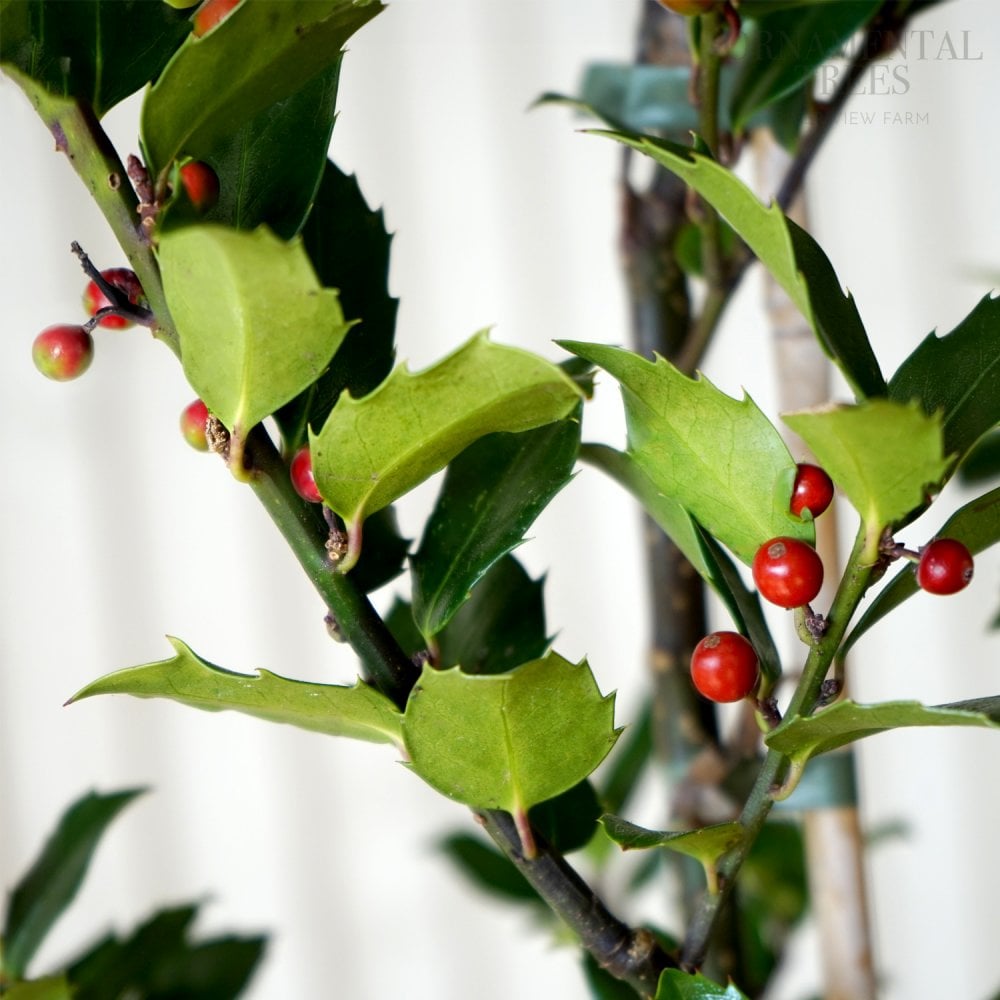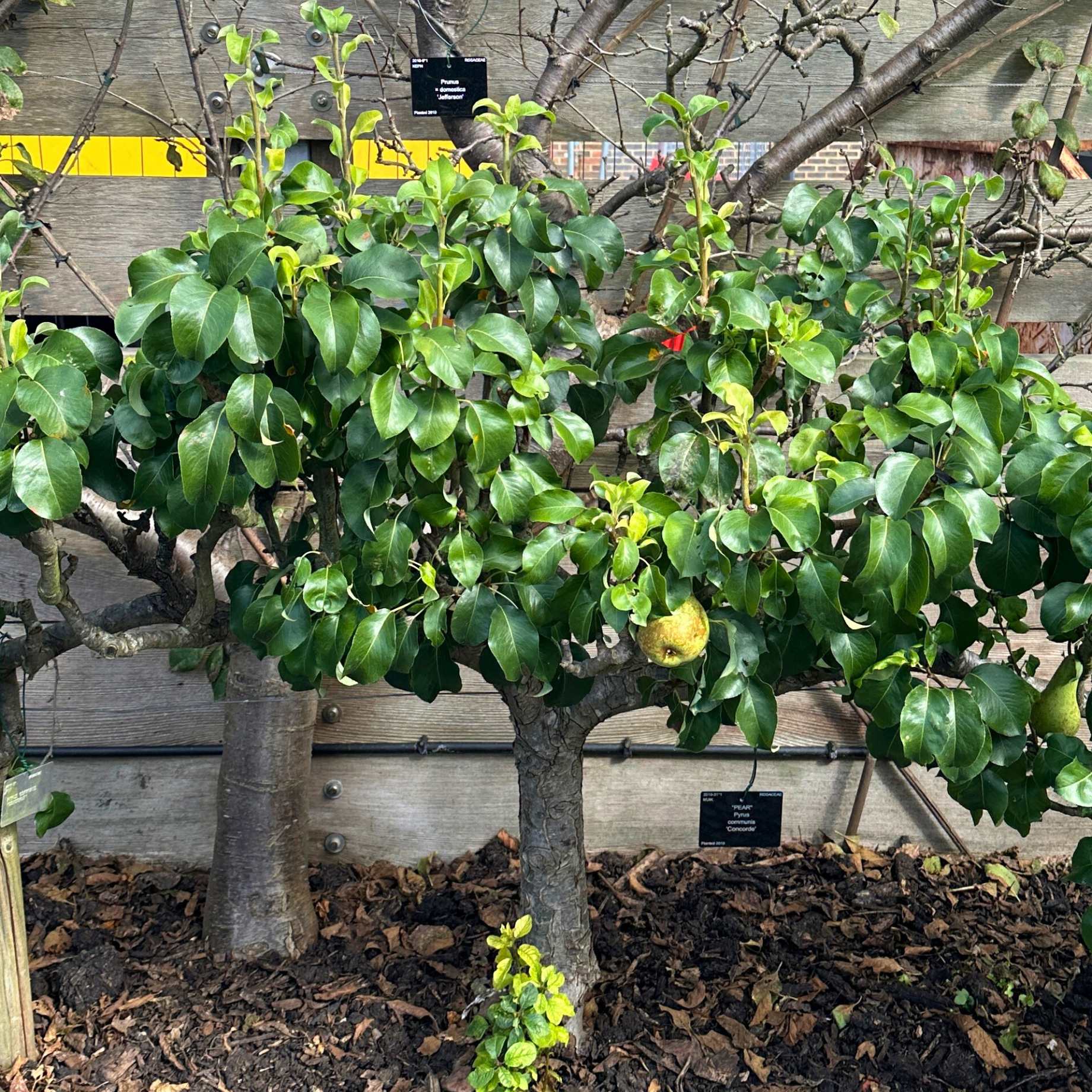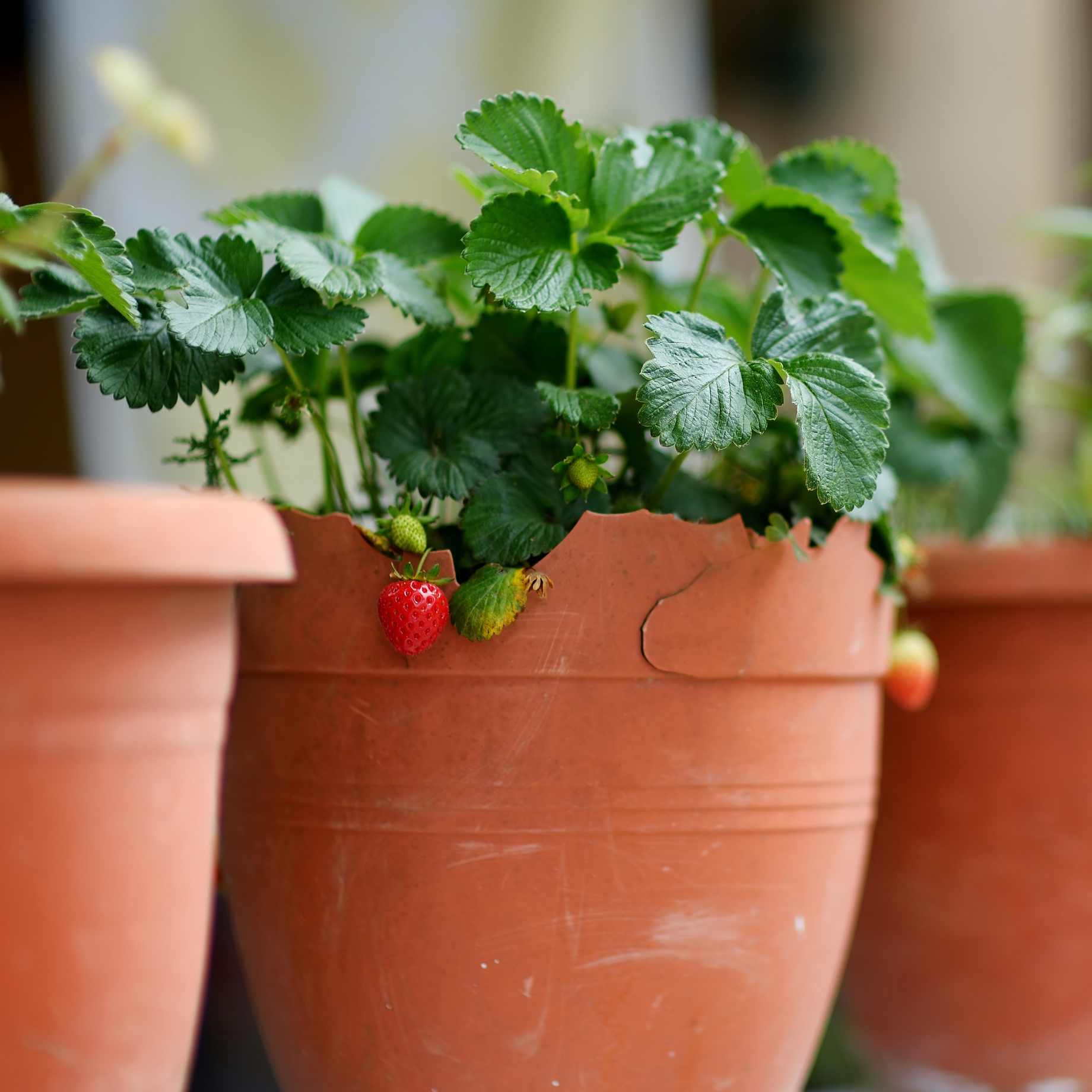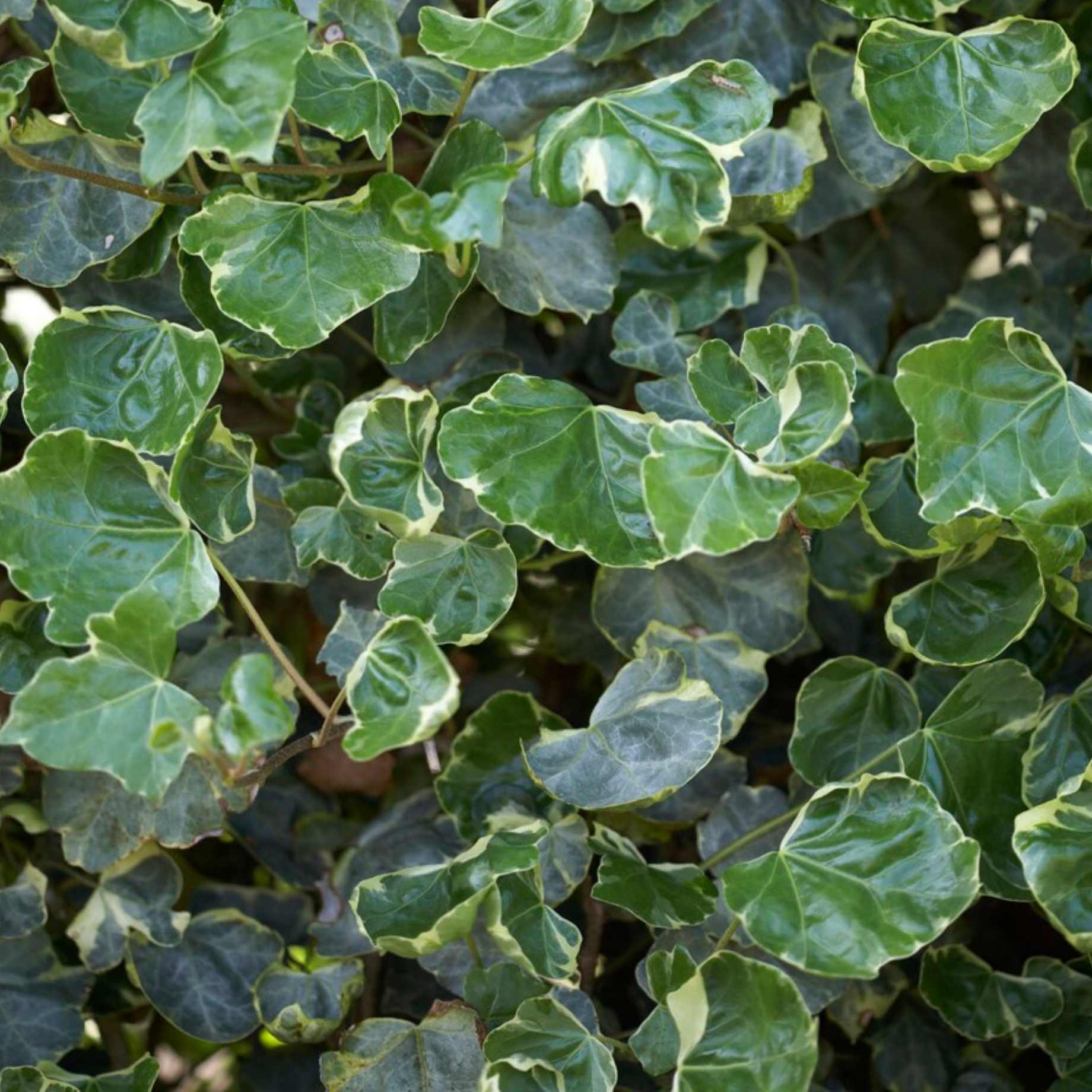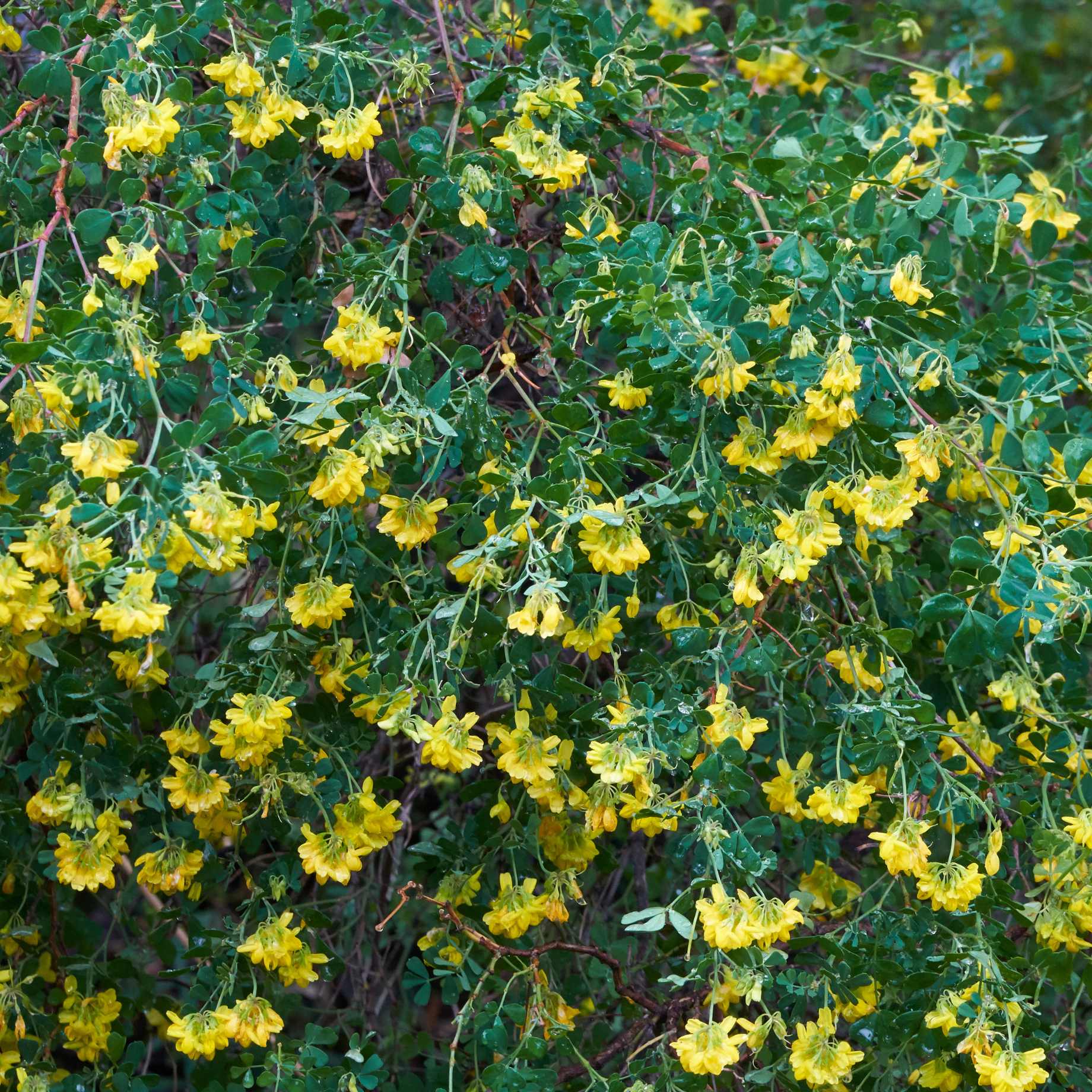Key features
AwardsRHS Award of Garden Merit
Final sizeM26 2.5-3m, MM106 4-5m, M25 6-8m in 10 years
FruitEating apple
Pollination groupGroup B
Cropping periodMid season (September)
Description
An excellent crunchy dessert apple, Greensleeves apples have firm flesh with a mouthwateringly sweet, slightly acidic taste. Greensleeves is a cross between Golden Delicious and James Grieve, taking components of the taste from each. As the apples ripen on the tree they take on a lovely golden hue and once picked, the flavour gently mellows with age.
Greensleeves apple tree is a good choice for growing in the garden, coping with partial shade. As a group B variety, it require a pollinator in group A, B or C in order to produce a good crop of medium sized apples in September.
Originating in Kent in 1966, Malus domestica ‘Greensleeves’ has received the RHS Award of Garden Merit for its attractive, sweet, tangy apples.
Planting Steps
1Preparation
- Pot-grown plants can be planted at any time of year, whereas bare roots need to be planted between November and March.
- Clear weeds and grass within a metre of the planting hole.
- Dig a hole as deep as the root mass and twice as wide.
- To help your plant establish more effectively, sprinkle Rootgrow in the hole.
2Planting
- Gently loosen the roots and place into the planting hole.
- Ensure the top of the plant’s compost is flush with the level of the surrounding soil and the graft union or collar of the tree is above ground level.
- Mix 50% of the original soil with 50% compost.
- Fill in the hole, firming the soil gently.
3Last Steps
- Water generously around the base of the plant.
- If you are planting either a single stem tree or mature standard tree, we recommend adding a staking kit and rabbit guard.
Aftercare Advice
Apple trees require a good watering regime for a couple of years whilst they establish. Water well and regularly through spring and summer, increasing in hot or dry weather. If planting in autumn, you may only need to water a little. It is advisable to keep the area free of competing weeds and grass during this period.
Prune young apple trees for the first few years after planting to create a healthy, goblet-like shape with one central leader and several side shoots. Straight after planting, you can remove the lowest laterals. Prune back other branches by between a third and half their length.
In the following years, remove any shoots growing out of the trunk to maintain a clear stem. Also remove any crossing, diseased or damaged branches. If your tree is looking overcrowded, remove some of the larger branches to open up the canopy. This type of pruning should be carried out between November and March whilst the tree is dormant.
For more detailed advice and video guides, please visit our Help & Advice section.

